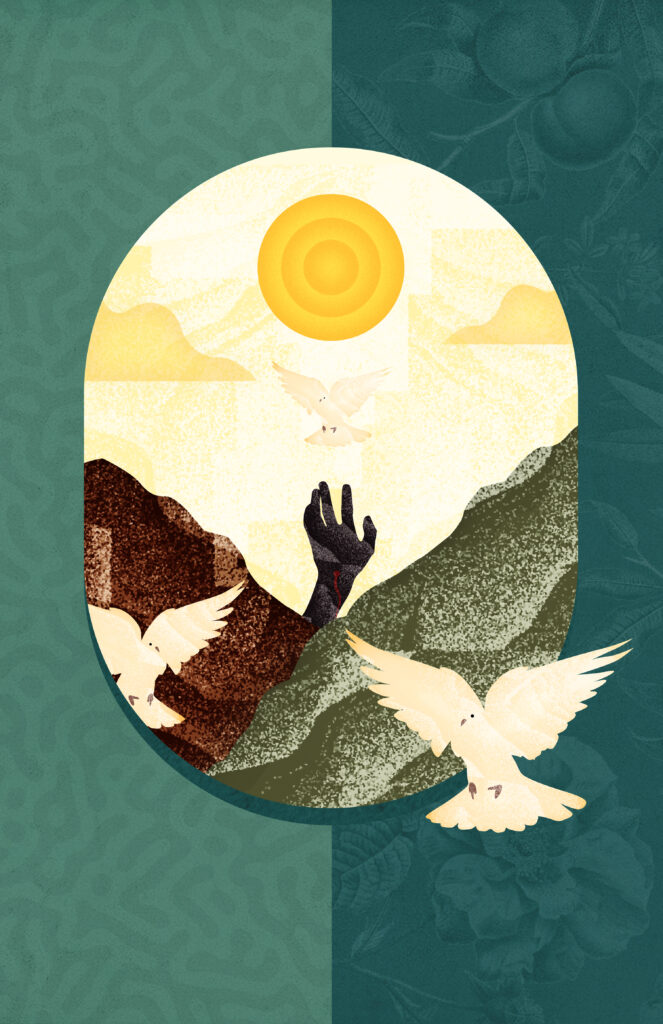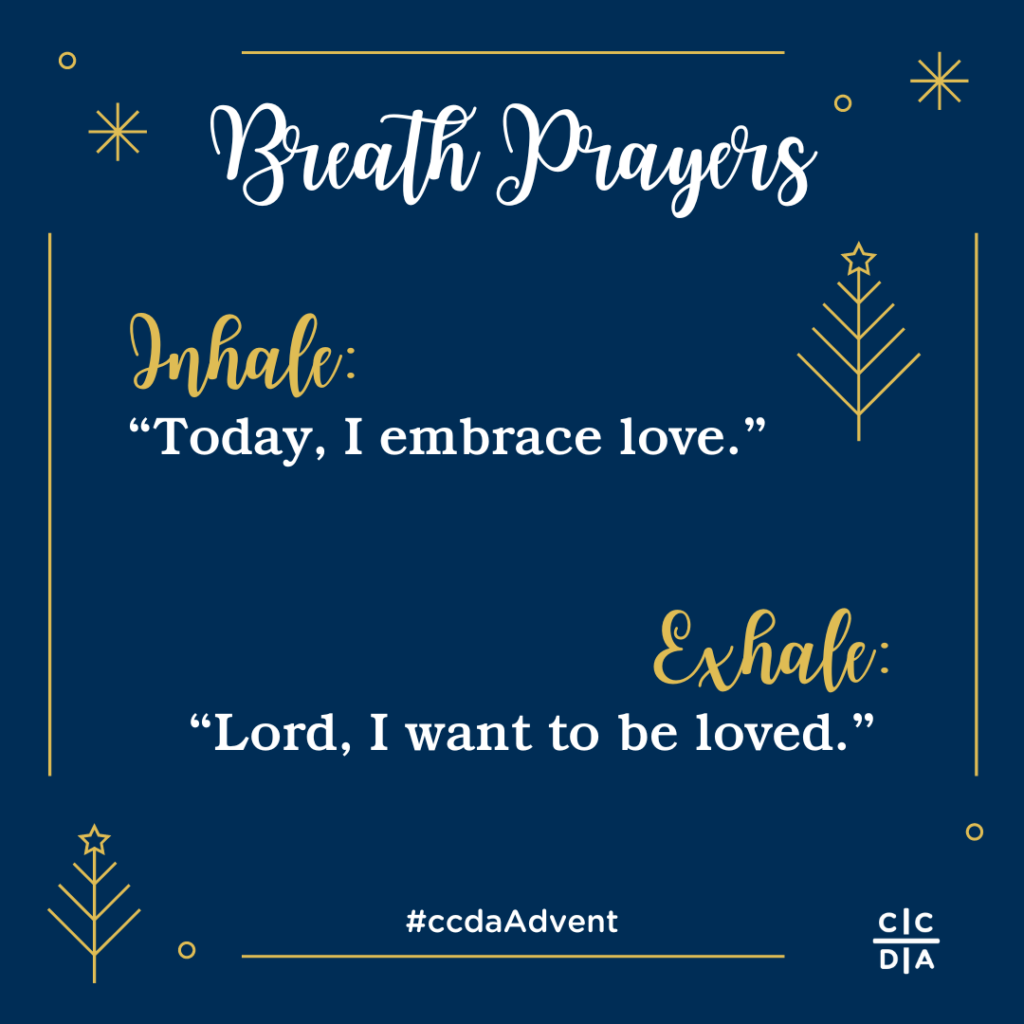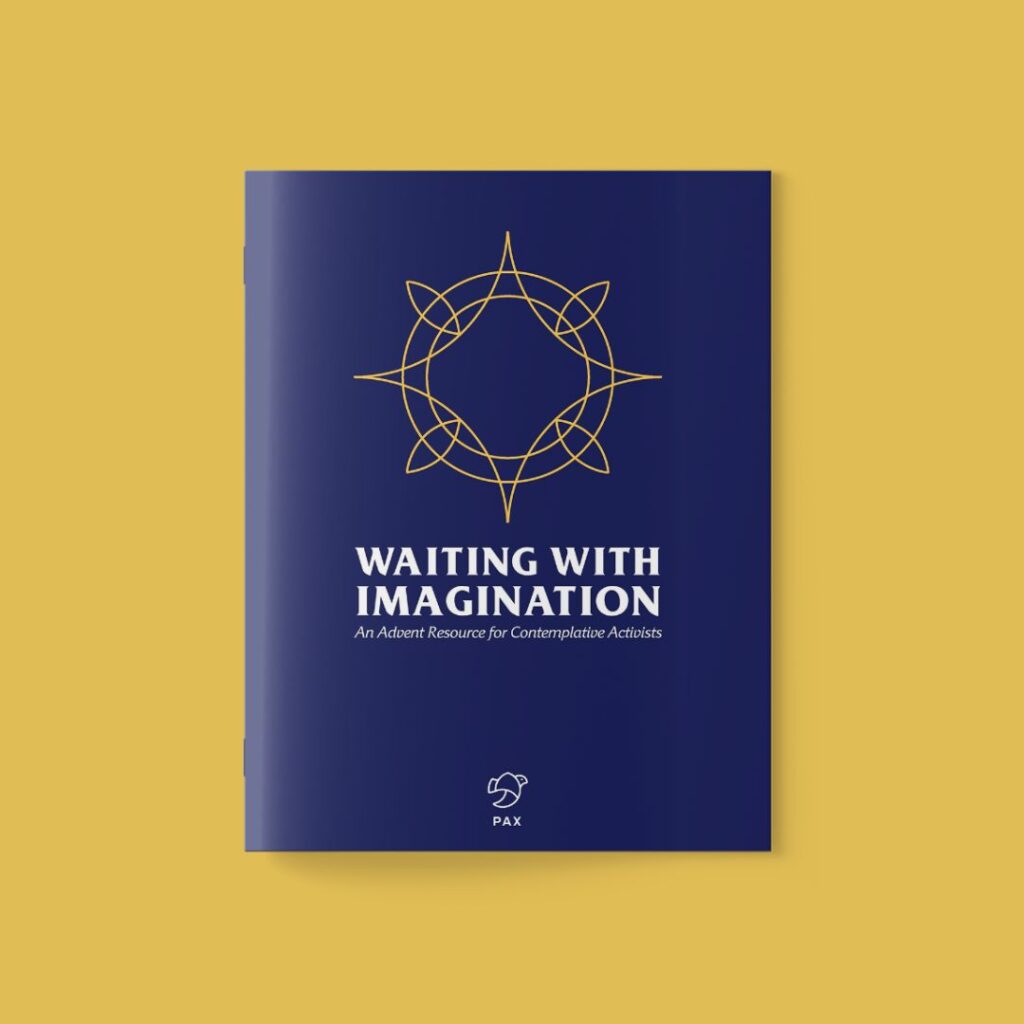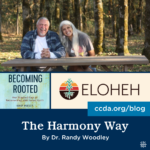

Welcome to #ccdaAdvent.
In the midst of darkness, oppression, and marginalization, Christ entered the scene of the first Advent and paved the way for our communal wellbeing. This Advent season, we invite you to consider the implications of Christ’s coming for our communities. What lessons may we draw from their context?
We are excited to partner with PAX and share with you their devotional, “Waiting with Imagination: An Advent Resource for Contemplative Activists.” Each devotional will include a reflection, breath prayer, art, and worship. We pray that the reflections and prayers within these Advent devotionals bring renewed inspiration, anticipation, and hope in the Kingdom of God that has come and is to come. Amen.

Devotional by: Drew Jackson
O people in Zion, inhabitants of Jerusalem, you shall weep no more. He will surely be gracious to you at the sound of your cry; when he hears it, he will answer you. Though the Lord may give you the bread of adversity and the water of affliction, yet your Teacher will not hide himself any longer, but your eyes shall see your Teacher. And when you turn to the right or when you turn to the left, your ears shall hear a word behind you, saying, “This is the way; walk in it.”
. . . He will give rain for the seed with which you sow the ground, and grain, the produce of the ground, will be rich and plenteous. On that day your cattle will graze in broad pastures, and the oxen and donkeys that till the ground will eat silage that has been winnowed with shovel and fork. On every lofty mountain and every high hill there will be brooks running with water—on a day of the great slaughter, when the towers fall. Moreover, the light of the moon will be like the light of the sun, and the light of the sun will be sevenfold, like the light of seven days, on the day when the Lord binds up the injuries of his people and heals the wounds inflicted by his blow.
Isaiah 30:19-21, 23-26

Israel had tasted the bread of adversity and the water of affliction. Through the relentless tyranny of Pharaoh, the leadership of unjust kings, and their own rebellious ways, trouble seemed to be their close companion.
The prophet Isaiah tells Israel that the Lord will be gracious, but he indicates that they will have to wait for Yahweh’s gracious act of deliverance. Waiting for deliverance in the midst of affliction is agony.
The season of Advent brings us into the agony of this kind of waiting. Like Israel, we are waiting in agony for God to act as injustice and oppression mount. We wait in agony amidst police brutality, political violence, and threats of mass deportation. We cry out, “How long, O Lord?”
We know that things are not supposed to be this way. We know within the deepest parts of our being that the Lord will surely be gracious to us at the sound of our cry. In God’s promised future, as Isaiah says, God will bind up all of our brokenness, bring healing to all the places where we’ve been wounded by evil, and shine the light of the kingdom of God into the shadowy regions of our world and our lives.
But such a beautiful hope deepens the agony of waiting all the more.
This passage tells us that our waiting is not without purpose; it is meant to form us into people who are learning how to walk in the way of the Lord in the midst of affliction. We are in desperate need of hearing afresh the voice of our Teacher, guiding us in the way of righteous resistance.
However, we need to be still and quiet enough to hear the gentle whisper of the Lord. As important as it is for us to raise our voices, it is equally important to have a regular practice of quieting our souls to hear the Lord.
Allow the waiting of this Advent season to be filled with stillness and silence, wherein we position ourselves to hear the guiding voice of our Teacher.

Spiritual Practice with Osheta Moore

Waiting is hard. It requires us to be fully present in our current circumstances while still having hope. One spiritual practice that helps us be present and be mindful of God’s closeness in our circumstances is centering prayer. Centering prayer is a way of praying that emphasizes silence and meditation as a means of inviting God’s presence into our daily lives.
Centering prayer is often practiced in twenty-minute seated sessions, following the guidelines below. But, as with all spiritual practices, it’s completely fine to begin practicing center prayer for a minute or two, and then slowly work your way into longer sits.
You may find that you experience rest and peace as you practice; alternatively, you may notice restlessness or questions emerging. All experiences in your practice are good and beautiful. Embrace them and share your experience of centering prayer with a trusted spiritual friend or companion.
Centering Prayer Guidelines
- Choose a sacred word as the symbol of your intention to become aware of God’s presence and action within. What word or picture does your soul gravitate toward?
- Sitting comfortably and with eyes closed, take a few deep breaths as you silently meditate on the sacred word. One way to help you settle into your practice is to say, “Today, I embrace [insert sacred word].” Then breathe in, and on the exhale say the word within a prayer of help to God. For instance, if your word is love, begin by thinking:
“Today, I embrace love.”
Breathe in, and on the exhale say:
“Lord, I want to be loved.” - When you notice your thoughts* drifting, acknowledge them as a natural part of your interior life, and then return to your sacred word.
- At the end of the centering prayer practice, remain in silence with your eyes closed for a couple of minutes. Allow yourself to bask in the love of God and your identity as Beloved.
*Thoughts include body sensations, feelings, images, and reflections.

By Estefanía Hernández
Based on Isa. 40:30-31
Why do you complain, hermanas? Why do you say, dreamer,
“My way is hidden from the Lord;
my cause is disregarded by my God”?
La paz de Dios!
He gives strength to the weary
and increases the power of the weak.
Aún los jovenes se cansan
Even our youth grow tired
Pero acaso no lo sabes
Have you not heard?
La paz de Dios!
The Lord is the everlasting God,
El Creador de nuestra tierra
To all who have been broken and weary
La paz de Dios brings healing a su pueblo
To all the lonely peregrinas
La paz de Dios brings comfort and guidance
A todos los dreamers facing uncertainty
La paz de Dios brings assurance y pertenencia
A todos los perdidos y los homeless
La paz de Dios declares, el reino de los cielos es de los pobres
La paz de Dios gives strength to the weak y acrecienta las fuerzas del débil.
Somos su pueblo, y en Él esperamos.
Amén.
Originally published in Tethered: 21 Prayers of Pax by and for Gen Zers of Color, ©2020 by PAX. The full resource is available for download at madeforpax.org/marketplace.



Waiting with Imagination
by PAX
PAX is a faith-based organization that inspires the church to embody the peace and justice of Jesus through contemplative formation.
Learn more at www.madeforpax.org or follow them on social media @madeforpax.





